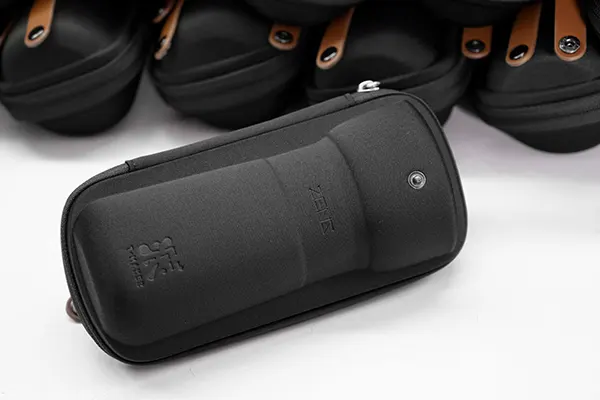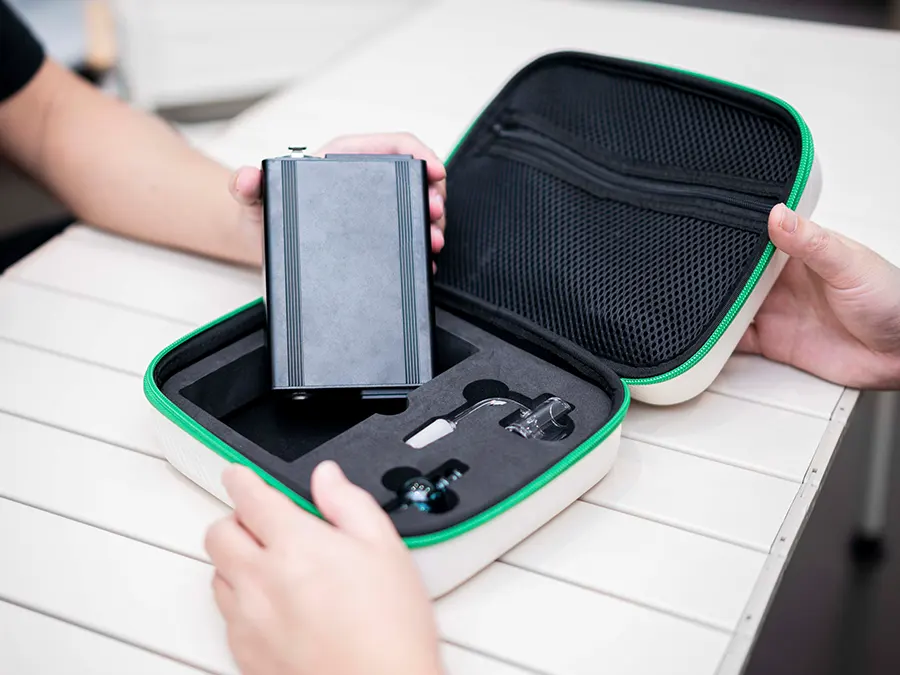What is EVA Foam?
Definition of EVA foam
EVA foam, short for Ethylene-Vinyl Acetate foam, is a versatile and widely used material in various industries. It is a type of closed-cell foam known for its durability, flexibility, and excellent shock-absorbing properties.
EVA Foam Composition and Manufacturing Process
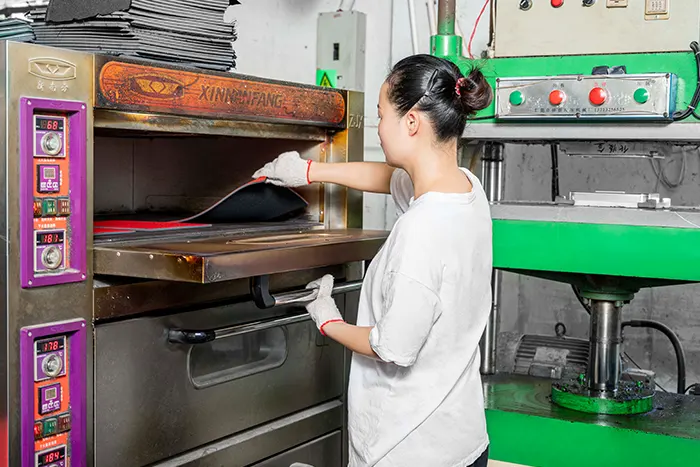
EVA foam is composed of ethylene and vinyl acetate copolymers, which are derived from petrochemicals. These copolymers are mixed together in a controlled environment, where a catalyst is added to initiate the polymerization process. The resulting material is then heated and pressurized, causing it to expand and form a foam with sealed cells.
During the manufacturing process, various additives such as colorants, flame retardants, and stabilizers are incorporated to enhance specific properties of the EVA foam, such as UV resistance and flame resistance. The level of vinyl acetate content in the copolymer mixture determines the foam’s characteristics, such as its softness, flexibility, and density.
Once the foam is formed, it can be cut, molded, and shaped into different sizes and forms using specialized machinery. Heat and pressure can be applied to create complex patterns, embossing, or textures on the foam’s surface. This versatility in manufacturing allows EVA foam to be customized according to specific requirements for different applications.
Is EVA Foam Rubber or Plastic?
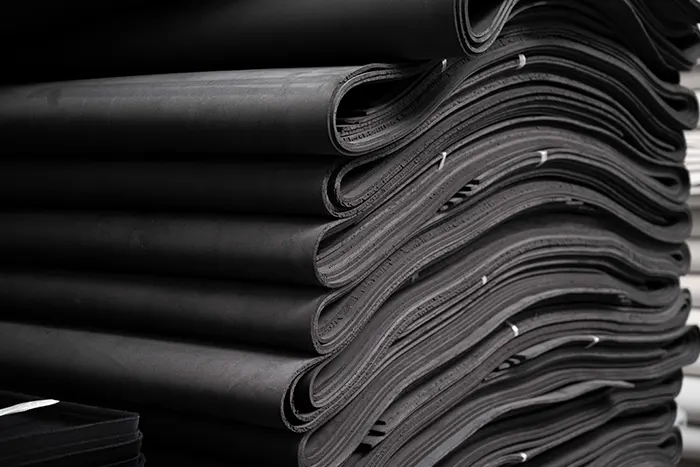
Many people often wonder whether EVA foam is classified as rubber or plastic. While EVA foam shares some characteristics with both rubber and plastic, it is neither purely rubber nor plastic.
EVA Foam vs Rubber
- Composition: While both EVA foam and rubber are flexible materials, they have different chemical compositions. EVA foam is made from ethylene-vinyl acetate copolymer, a synthetic material derived from petroleum. On the other hand, rubber is a natural elastic material obtained from the sap of rubber trees or produced synthetically.
- Density: EVA foam is generally less dense than rubber. It has a cellular structure with air pockets, making it lightweight and cushioning. Rubber, on the other hand, is denser and offers a higher level of durability and impact resistance.
- Hardness: EVA foam comes in a range of hardness options depending on the desired application. It can be soft and pliable or firmer with increased compression strength, depending on the amount of vinyl acetate used in the copolymer formulation. Rubber, however, typically has a higher hardness level across the board.
EVA Foam vs Plastic
- Flexibility: EVA foam is more flexible than most plastics. It can be easily bent, twisted, or compressed without losing its shape or structural integrity. Plastics, depending on their composition, can have varied levels of flexibility but are often more rigid than EVA foam.
- Impact Absorption: EVA foam is well-known for its excellent shock absorption properties. It can effectively absorb and disperse impact forces, making it ideal for applications requiring cushioning or protection. Most plastics, on the other hand, have less impact absorption capability.
- Heat Resistance: EVA foam has a relatively low heat resistance compared to many plastics. At higher temperatures, EVA foam may deform or melt. Plastic materials, depending on their type, can exhibit a wider range of heat resistance.
Differences between EVA Foam and Other Foam Materials

EVA Foam vs Polyethylene Foam
Polyethylene foam is a commonly used foam material that shares some similarities with EVA foam. Both materials are known for their lightweight and excellent shock absorption properties.
Firstly, EVA foam offers higher durability compared to polyethylene foam. EVA foam is more resistant to tearing and can withstand heavy use without losing its shape. On the other hand, while polyethylene foam is still durable, it may not be as suitable for applications that require long-term robustness.
Secondly, EVA foam possesses superior versatility when it comes to customization. It is available in various densities, thicknesses, and colors which allows for a wider range of applications. Polyethylene foam, on the other hand, generally has limited options in terms of customization.
EVA Foam vs Neoprene Foam
Neoprene foam is a type of foam material known for its remarkable insulation properties. Unlike EVA foam, neoprene foam consists of closed-cell construction, making it an excellent choice for applications that require insulation against temperature or water.
When it comes to flexibility, neoprene foam offers more elasticity compared to EVA foam. This makes it ideal for applications where the foam needs to stretch or bend without losing its shape or integrity. In contrast, while EVA foam is still reasonably flexible, it is not as stretchable as neoprene foam.
EVA Foam vs Memory Foam
Memory foam, also known as viscoelastic foam, is a unique type of foam that responds to heat and pressure, molding to the shape of the body. Unlike EVA foam, memory foam is primarily used for comfort and cushioning purposes, especially in bedding and furniture industries.
Compared to memory foam, EVA foam has a firmer and more rigid structure. It provides excellent support, making it suitable for applications that require stability and impact resistance. Memory foam, on the other hand, is known for its softness and ability to conform to body contours.
Types of EVA Foam
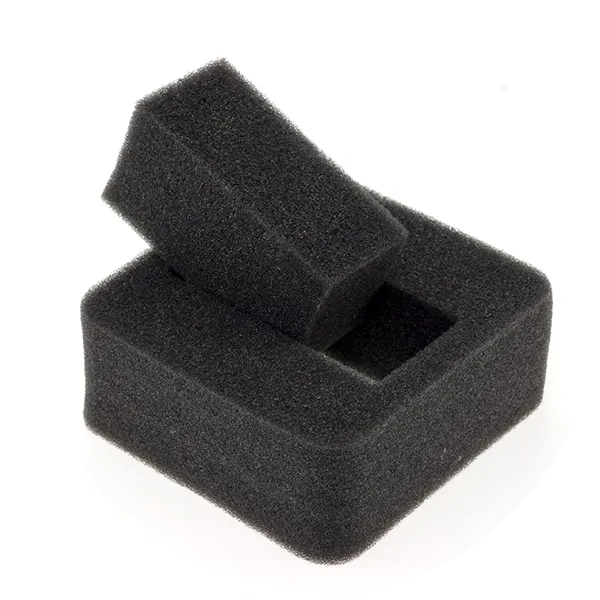
Standard EVA Foam
Standard EVA foam is the most commonly used type and is known for its versatility. It is widely used in industries such as footwear, sports equipment, packaging, and even automotive. This type of foam offers excellent shock absorption, durability, and cushioning properties. It is perfect for applications where impact resistance and comfort are essential. Standard EVA foam is available in various thicknesses, densities, and colors, making it a popular choice for both industrial and craft projects.
Cross-linked EVA Foam
Cross-linked EVA foam is a more advanced version of standard EVA foam. It is manufactured using a cross-linking agent during the production process, which enhances the material’s overall performance. This type of foam is often used in applications requiring exceptional strength, chemical resistance, and heat insulation. Cross-linked EVA foam is commonly found in areas like marine and water sports equipment, protective gear, orthopedic braces, and even medical devices. Its superior properties make it highly suitable for demanding environments.
Expanded EVA Foam
Expanded EVA foam, also known as microcellular foam, features a finer cell structure compared to standard EVA foam. This type of foam has a more uniform appearance with tiny closed cells, making it firmer and denser. Expanded EVA foam offers excellent dimensional stability, buoyancy, and insulation properties. It finds applications in areas like water sports accessories, flotation devices, and gaskets. Additionally, its smooth and even surface makes it a preferred choice for printing and laminating.
Properties of EVA Foam
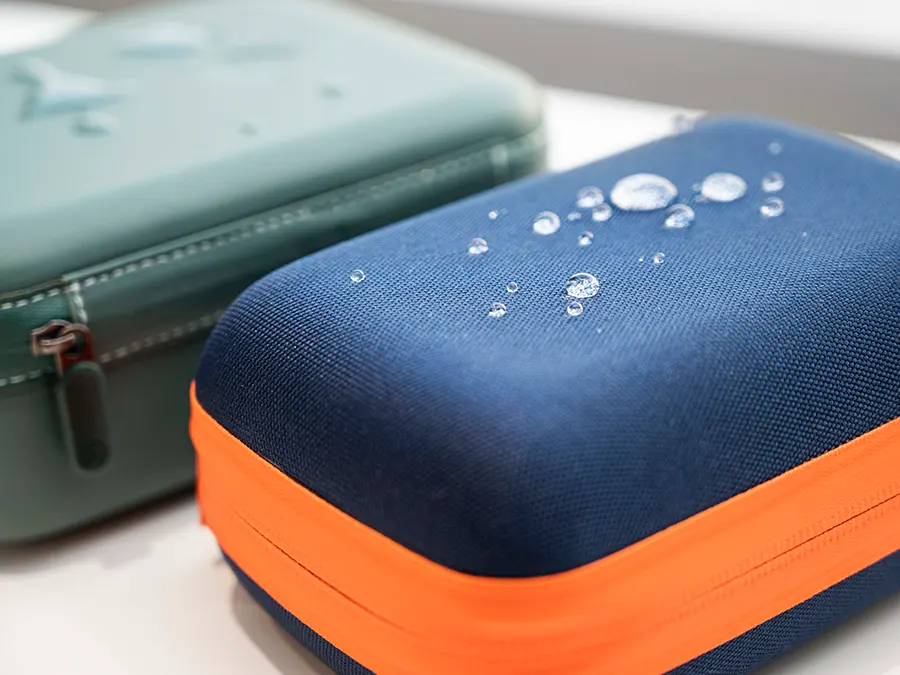
Lightweight and Durable
One of the key advantages of EVA foam is its lightweight nature. This makes it beneficial in applications where weight is a concern, such as in the manufacturing of footwear and backpacks. Despite being lightweight, EVA foam also exhibits impressive durability, ensuring that it can withstand regular wear and tear without losing its structural integrity.
Soft, Cushioning Effect
EVA foam is renowned for its soft and cushioning effect. It is highly beneficial in products designed for comfort, such as shoe insoles and kneeling pads. The foam’s ability to adequately absorb shock and distribute pressure evenly allows for enhanced comfort and reduced fatigue, making it ideal for activities that involve long periods of standing or impact, like sporting events.
Water and Moisture Resistance
Another noteworthy property of EVA foam is its water and moisture resistance. This characteristic makes it highly suitable for applications where exposure to water or moisture is unavoidable, such as in swimming pool floats or marine environments. EVA foam’s resistance to water absorption prevents degradation, ensuring that it can maintain its quality and functionality even in damp conditions.
Thermal Insulation
EVA foam exhibits excellent thermal insulation properties, making it an attractive choice for applications that require temperature regulation. Its insulating nature allows it to retain heat, making it useful in products like thermal insulation liners within footwear or insulation components in packaging. This property is particularly beneficial for maintaining optimal temperatures and protecting against extreme hot or cold conditions.
Chemical and UV Resistance
Lastly, EVA foam possesses impressive resistance to chemicals and UV radiation. This resistance makes it suitable for applications that involve exposure to harsh chemicals or sunlight, such as garden kneelers or outdoor mats. EVA foam’s ability to withstand chemical corrosion and UV degradation ensures its longevity and dependable performance under challenging environmental conditions.
Applications of EVA Foam
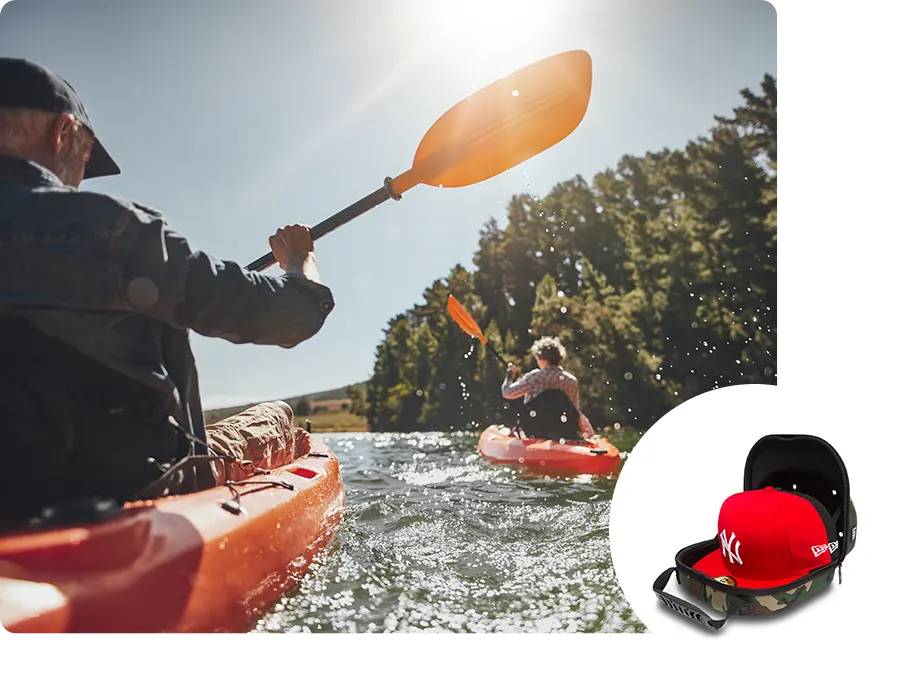
Sports and Recreation
One prominent application of EVA foam in this sector is in athletic shoe midsoles. The foam provides the necessary support and comfort that athletes require, reducing the risk of injuries.
Additionally, EVA foam is often used in the manufacturing of yoga mats and exercise equipment. The soft and flexible nature of the foam ensures a comfortable workout experience while providing grip and stability.
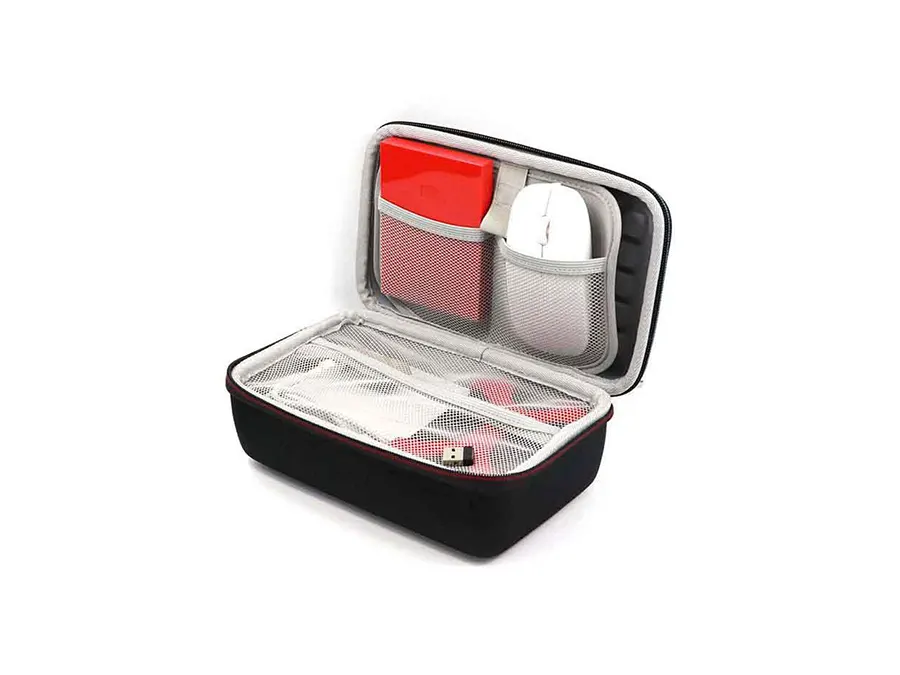
Packaging and Transport
EVA foam’s ability to protect delicate items makes it an ideal material for packaging and transport purposes. Eva cases and eva foam case inserts are commonly used to safeguard fragile goods during transit. The foam inserts offer cushioning and shock-absorbing properties, preventing damage caused by impact or vibration.

Cosplay and Props
EVA foam has gained popularity among cosplayers and prop makers due to its versatility and ease of manipulation. The foam can be easily shaped, molded, and painted to create elaborate armor pieces and costumes for cosplaying events. Its lightweight nature ensures that the wearer can comfortably don the elaborate outfits.
Moreover, EVA foam is extensively employed in the creation of stage and film props. Its ability to mimic various textures and surfaces, combined with its durability, makes it a preferred choice for prop designers. From intricate weapons to realistic set pieces, EVA foam allows for the creation of visually captivating scenes in the entertainment industry.
These are just a few examples of the numerous applications of EVA foam in various industries. Its versatility, durability, and cost-effectiveness make it a go-to material for manufacturers, creatives, and athletes alike.
Pros and Cons of EVA Foam
Advantages of EVA Foam
Versatility and Flexibility: It is available in various densities, thicknesses, and colors, making it suitable for a wide range of applications. EVA foam can be easily molded, shaped, and cut into different forms. Its flexibility makes it an ideal material for creating comfortable and cushioning products.
Ease of Handling and Customization: EVA foam is exceptionally easy to handle due to its lightweight and pliable nature. This makes it convenient to manipulate and work with, making it suitable for both large-scale manufacturing and DIY projects. Additionally, EVA foam can be easily customized to meet specific design requirements. It can be painted, glued, heat-sealed, or even die-cut without losing its original properties.
Disadvantages of EVA Foam
Limited Resistance to Extreme Temperatures: While EVA foam exhibits heat resistance up to a certain temperature range, it is not suitable for use in extreme heat or cold conditions. High temperatures can cause the foam to deform, melt, or even emit toxic fumes. Similarly, exposure to extremely cold temperatures can lead to brittle and stiff foam, reducing its overall effectiveness.
Not Suitable for Load-Bearing Applications: EVA foam is not suitable for load-bearing applications. It lacks the necessary strength and structural integrity for heavy-duty use. It can compress or deform under significant pressure, making it unsuitable for applications that require load-bearing capabilities, such as construction or industrial use.
Safety Considerations with EVA Foam
Health Hazards and Precautions
- Inhalation Risks: When cutting or shaping EVA foam, particles and dust can be released into the air. It is important to work in a well-ventilated area or wear a mask to prevent inhalation of these particles.
- Skin Sensitivity: Some individuals may experience skin irritation or allergic reactions when in contact with EVA foam. It is recommended to wear gloves and protective clothing, especially for those who have sensitive skin or a history of allergic reactions.
Fire Safety and Flammability
- Flammability: EVA foam is a combustible material and can ignite easily. It is important to keep it away from open flames, sparks, or high heat sources to avoid fire hazards. Always work in a well-ventilated area to minimize the risk of fire.
- Fire Retardants: Some manufacturers offer fire-retardant EVA foam, which has been treated with flame retardant chemicals to decrease its flammability. If fire safety is a concern, it is advisable to choose fire-retardant EVA foam products.
Disposal and Environmental Impact

- Recycling: EVA foam is not widely accepted by regular recycling programs. However, some specialized recycling centers or organizations may accept it.
- Environmental Impacts: EVA foam is not biodegradable and can persist in landfills for a long time, contributing to environmental pollution.
Maintenance and Care of EVA Foam Products
Cleaning EVA Foam
To keep your EVA foam products in top condition, regular cleaning is essential. Start by removing any loose dirt or dust with a soft brush or cloth. For more stubborn stains, mix a mild detergent with warm water and gently scrub the affected area using a sponge or cloth. Avoid using harsh chemicals or abrasive cleaners, as they can cause damage to the foam. Once cleaned, rinse off any soap residue thoroughly with clean water and allow the foam to air dry completely before using or storing.
Preventing Damage and Degradation
Avoid placing heavy objects on the foam, as it can cause permanent indentations. Keep the foam away from sharp objects or rough surfaces that may cause cuts or tears. It is also recommended to avoid exposing the foam to prolonged direct sunlight or high temperatures, as this can lead to fading and deterioration. Additionally, avoid using the foam in areas with excessive moisture or humidity to prevent mold or mildew growth.
Long-Term Storage
Begin by ensuring the foam is dry and clean before storing. Avoid folding or creasing the foam, as this can cause permanent damage. Instead, store the foam in a cool, dry, and well-ventilated area where it is protected from direct sunlight. If possible, place the foam in a sealed plastic bag or container to prevent dust, dirt, or potential moisture from reaching it.
FAQ on EVA Foam
Can EVA Foam be Painted?
One of the great advantages of EVA foam is its paintability. Whether you want to achieve a realistic finish for your cosplay armor or add vibrant colors to a craft project, EVA foam readily accepts different types of paints, including acrylic, latex, and spray paints. Before starting to paint, it is recommended to clean the surface of the foam using rubbing alcohol or a gentle cleanser to remove any dirt or oils.
Can EVA Foam be Heat-Molded?
Yes, EVA foam can be heat-molded, which is a technique widely used to create intricate shapes and 3D forms. Heat-molding involves using heat to soften the foam, making it pliable and allowing it to be reshaped. This process is particularly useful in cosplay prop making or when designing ergonomic foam products. To heat-mold EVA foam, you can employ various methods, such as using a heat gun, hot water, or an oven. Once heated, the foam can be shaped by hand or using molds/tools to achieve intricate details. It is important to note that after heat-molding, the foam may retain its new shape, or you may need to reinforce it with additional layers or structural supports for longevity and stability.
Can EVA Foam be Recycled?
While recycling EVA foam poses some challenges, it is not entirely impossible. Due to the presence of different additives and the foam’s composite nature, the recycling options may be limited. However, some facilities specialize in recycling EVA foam and can process it into new products or convert it into usable raw materials. It is recommended to search for local recycling centers or specialized facilities that accept EVA foam. Additionally, consider reusing or repurposing foam scraps for smaller projects to minimize waste. As awareness about sustainable practices increases, efforts are being made to explore more efficient ways to recycle EVA foam, enhancing its eco-friendliness in the future.
Conclusion
EVA foam offers immense possibilities in various fields, and understanding its characteristics, such as its paintability, heat-molding potential, and recycling options, is essential for maximizing its utility. Whether you are a cosplayer, crafter, or environmentally conscious creator, EVA foam’s versatility and adaptability make it a remarkable material to work with.

